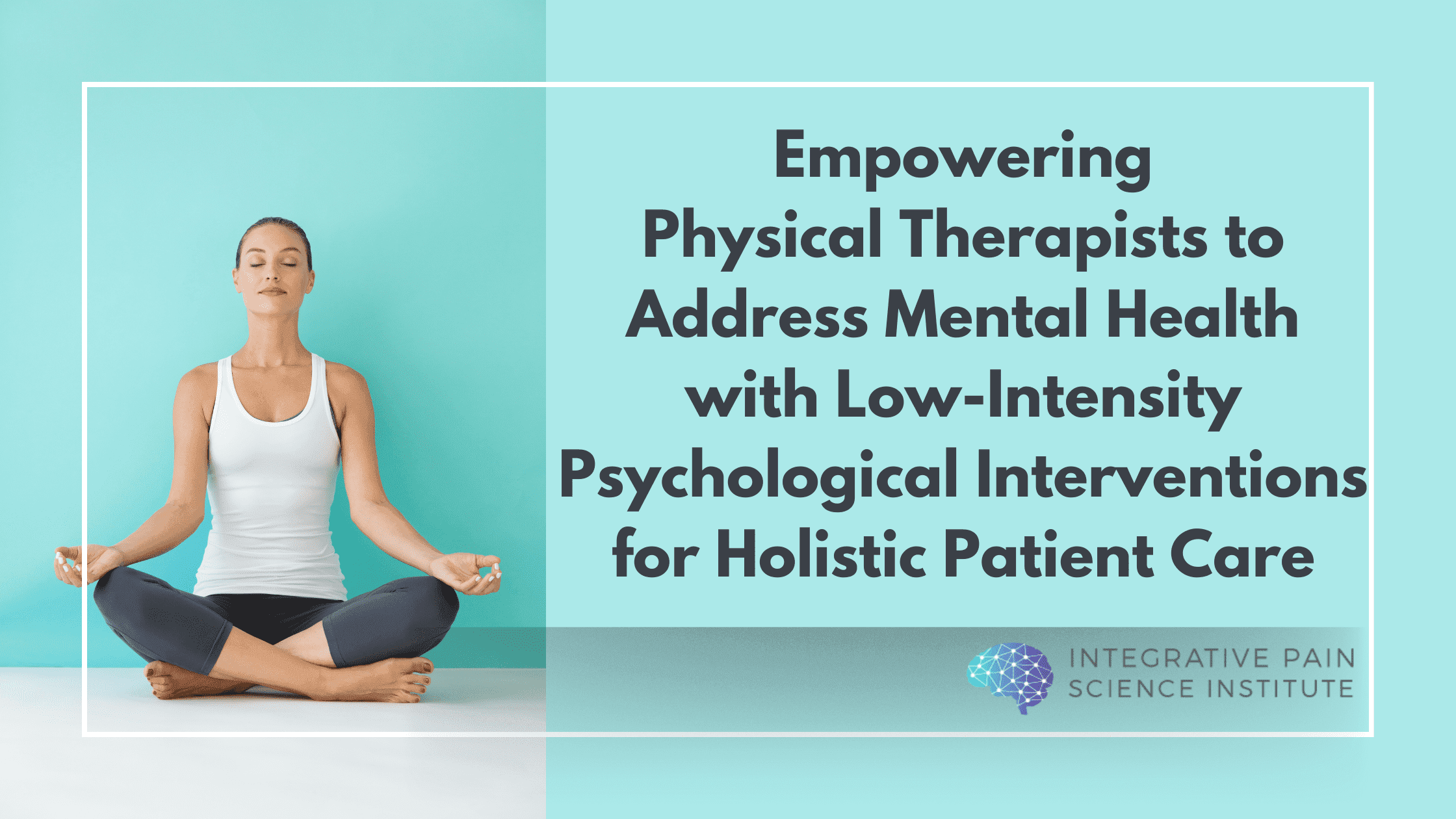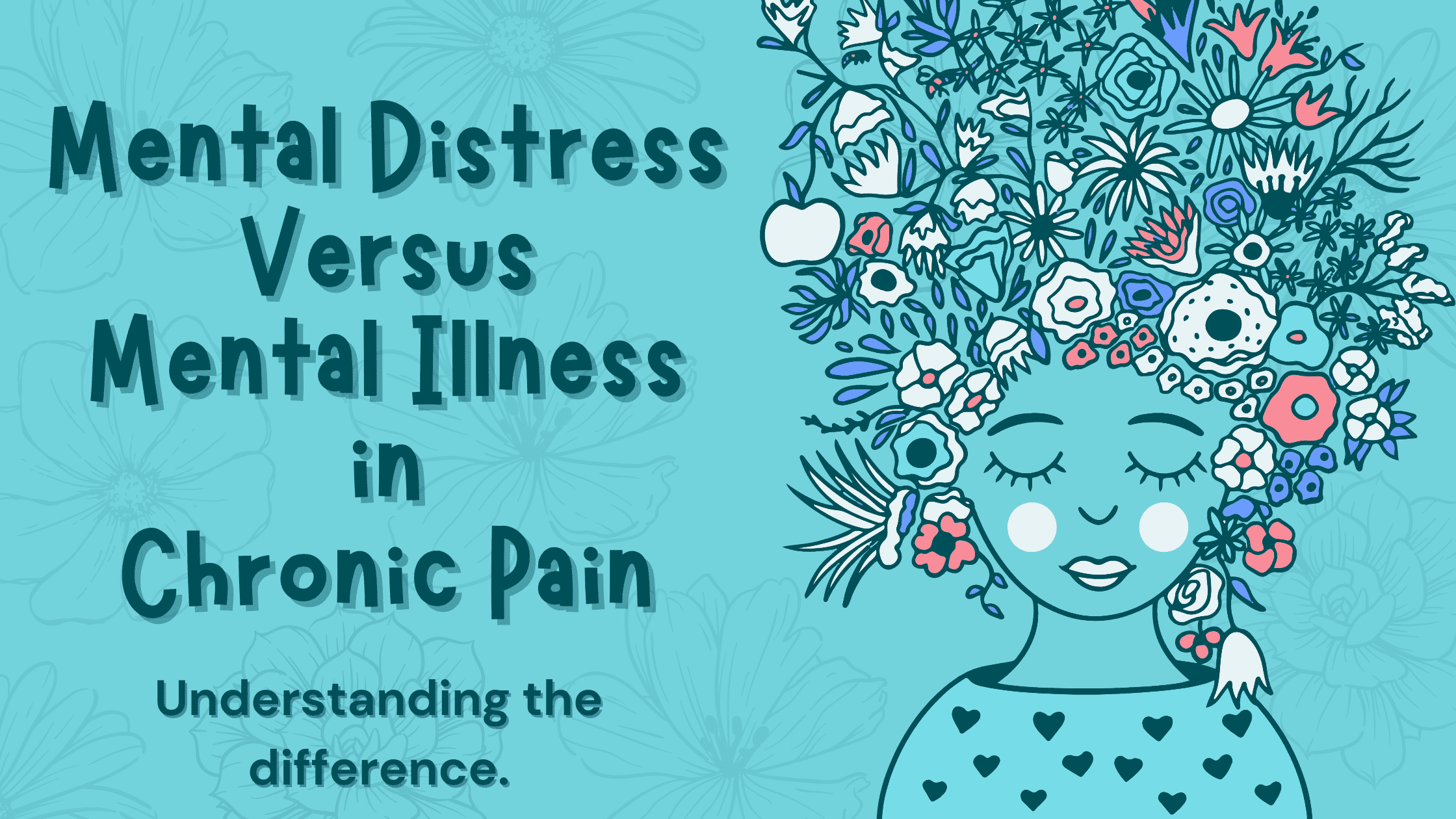Imagine a car racing towards you as you cross the street. In that type of situation, stress protects you from potential injury. Fortunately, that kind of acute stress doesn’t happen often. More common are the chronic, everyday stressors that can impact your happiness and your pain levels.
Researchers define stress as a state of real or perceived threat. Even if you have a job that satisfies you, a vibrant social life, and you roll easily with whatever life threw at you, you probably experience situations that increase stress or anxiety. Your body responds t these physical or psychological stress by going into “survival mode.” Your blood sugar increases (1) and more blood flows to your brain. (2)
Stress and anxiety impact more people than you might imagine. Research shows about 18 percent of American adults live with anxiety (3), 22.8 percent of which classify as severe anxiety.
Other research shows 61 percent of adults with stress believe managing it is extremely or very important, but only 35 percent said they manage it successfully (4). In fact, 42 percent of adults said their stress level increased over the years.
Stress comes in many forms. One survey found money, the economy, and work-related issues (including unemployment and tight deadlines) often trigger stress. Other common stressors include:
- Injury, illness, or chronic pain
- Loss of a loved one
- Caring for a significant one with a serious disease
- Facing a divorce, a relationship breakup, or even the struggles of cohabiting
- Concerns over personal appearance
- Family issues,
- Traffic and commuting
- Moving to a new home
Stress can also result from a traumatic event, such as a major accident or a natural disaster (hurricane or a flood) (5).
Regardless of its source, stress can affect your body, mood, and behavior. Among the symptoms that show stress affects your well-being include:
- Sleep disturbances
- Feeling overwhelmed
- Feeling anxious and/or restless
- Having mood swings or anger outbursts
- Feeling sad or depressed
- Fatigue
- Muscle tension and pain
- Reduced sexual desire
- Impaired attention, memory, motivation or focus
- Tobacco, drug or alcohol use
- Alterations in eating habits and appetite
- Social withdrawal/isolation
Stress can also trigger other health problems including weight gain, obesity, diabetes, high blood pressure, heart disease, and pain syndromes (6, 7, 8, 9, 10). Chronic stress increases inflammation, which triggers or exacerbates many of these diseases as it ages you (11). Stress impairs your immune system, weakening wound healing and how well you respond to vaccines (12).
Your body has four interconnected systems that respond to stress: Your neural, endocrine, immune and behavioral systems (13, 14):
- The neural response activates your sympathetic nervous system, which increases the release of the neurotransmitters noradrenaline and adrenaline. These neurotransmitters constrict blood vessels, make you sweat, and increase blood pressure. This is your “fight-or-flight” response.
- Conversely, the endocrine response primarily involves the hypothalamic-pituitary-adrenal (HPA) axis, releasing glucocorticoids (cortisol in humans).
- Stress can also impact immunity. Studies show whereas acute stress can positively impact your immune system, chronic stress has the opposite effect and become harmful (15).
- The behavioral component includes changes in body temperature, movement, and pain threshold.
When stress activates your sympathetic nervous system, your body makes more cortisol, adrenaline, and noradrenaline. These hormones make your heart contractions stronger and accelerate your heart rate. Your blood pressure increases. (16). Your breathing becomes rapid and you take in less oxygen, exacerbating respiratory diseases including asthma (17).
As your adrenal glands secrete more, your liver produces more glucose. If you’re healthy, you can utilize that extra sugar, but if you’re vulnerable to diabetes this can become a problem (18).
Stress can also impair your digestion and aggravate heartburn pain or acid reflux. The saying “your stomach is tied up in knots” isn’t far-fetched: Stress can trigger nausea, vomiting, severe stomach pain, and ulcers (19).
Your body’s response to stress also triggers your muscles to tighten. When stress stays ramped up –when it becomes chronic – your body never truly releases that tension, leading to pain. So chronic tension in your neck, shoulders, and head might result in headaches and migraines. Chronic stress also complicates recovery and increases risk for re-injury. Over time, stress can weaken your muscles, leading to complications like back pain.
Excess cortisol also adversely impacts testosterone and sperm, potentially triggering erectile dysfunction. In women, stress can impact the length and regularity of menstrual cycles. Premenstrual symptoms including cramping, fluid retention, mood swings, hot flashes (during menopause) and painful periods can also occur (20, 21).
You might not make the connection, but chronic stress can impact various issues including:
- Chest pain
- Joint pain
- Back pain
- Muscle tension
- Stomach pain
- Headaches
- Menstrual cramps
- Fibromyalgia
Interestingly, both exacerbation (hyperalgesia) and reduction (analgesia) in pain intensity can impact stress or anxiety (18, 19). Research shows your hippocampus contributes here: This part of your brain responds to physical and emotional stressors by amplifying anxiety and increasing pain (20, 21). That same study shows being better informed during medical and dental procedures can reduce your anxiety and pain level.
Whether stress will increase or decrease pain levels depends on the psychological effects it has on your emotions. Both animal and human research shows that fear can decrease pain reactivity, for instance, while anxiety increases pain reactivity (22).
Many studies also show men and women differ in how they respond to pain. Women, for instance, often show increased pain sensitivity and risk for clinical pain (23).
Your personality can also impact pain levels. How you perceive pain – whether you roll with it or see it as a catastrophe – influences your sensitivity (26). One study among elderly people with osteoarthritis showed that hypochondriasis – that persistent fear of having some sort of medical catastrophe – predicts pain more strongly than stress (27).
Your mood and type of pain condition (fibromyalgia vs. osteoarthritis) also influence how much stress aggravates pain (28): A negative mood exacerbated stress-induced pain for fibromyalgia but not osteoarthritis.
Free Chronic Pain Presentation:
Click here to learn natural ways to heal from pain without prescription medication or surgery.
Understanding the far-reaching detrimental consequences of chronic stress, you’ll want to incorporate strategies to reduce stress, improve your well-being, and help you cope with pain.
Stressed-out people often isolate themselves and don’t support. Others can become bad habits like browsing online, watching television, and playing video games for hours.
Instead, you want to utilize healthy, positive strategies that reduce stress, lower pain, and cultivate resiliency. Among them include:
- Relaxation techniques such as deep breathing, meditation and mindfulness, yoga, tai chi, or massage therapy
- A healthy diet
- Good sleep hygiene
- Positive thoughts
- Close personal relationships with friends and family
- Regular exercise
- Setting priorities and avoiding new tasks that may cause overload
- Regular hobbies like reading a book or listening to music
Let’s look at a few of these more closely.
Relaxation and Deep Breathing
Relaxation techniques can reduce anxiety, pain, and tension. Stress impairs your breathing so you breathe faster and inhale less oxygen (31). Deep breathing can calm you down and steadily reduce your pain because you’re using your diaphragm instead of muscles in your upper chest, shoulders, and neck.
Learning to relax decreases blood pressure and heart rate while increasing blood flow (32, 33), which lowers anxiety and reduces pain.
Mindfulness
Mindfulness techniques that impact pain include focused attention meditation and open monitoring meditation.
Focused attention meditation means you focus your attention on a chosen object and monitor the quality of your attention. When your attention drifts away from the object and on to pain, you recognize that distraction and gently return to focus on the object (34).
Conversely, open monitoring meditation, on the other hand, means you’re attentive to anything that occurs rather than a single object. This approach allows you to experience sensory and cognitive stimuli that arise without evaluation or interpretation (34).
Both types of medication reduce your focus on pain while potentially altering the expectation of pain and the emotional and psychological responses to pain. Research shows regular meditation can reduce many pain-related conditions including fibromyalgia, chronic low back pain, and irritable bowel syndrome (36, 37, 38).
Eat Healthier
How you eat impacts stress and pain. In turn, chronic stress can increase craving for sweets, promote binge eating, and lead to obesity (43).
A ketogenic diet, rich in healthy fat, moderate quantities of protein, with very little carbohydrate, switches your body’s fuel source from sugar to fat. By burning stored fat (triglycerides), your liver produces ketones that can substitute glucose as your brain’s primary source of energy and help you reduce weight (39, 40). A ketogenic diet can also help reduce inflammation and pain (41).
Get Better Sleep
Healthy sleep habits can reduce chronic pain conditions like arthritis and fibromyalgia (45). Poor sleep, on the other hand, increases pain (46) and pain catastrophizing in chronic pain (47).
While studies link sleep disturbances with increased pain and stress among older adults (48), these increases aren’t age-related. Another found poorer quality of life, disturbed sleep, and stress more prevalent in adolescents with idiopathic musculoskeletal pain than in healthy controls (49).
Dr. Tatta’s simple and effective pain assessment tools. Quickly and easily assess pain so you can develop actionable solutions in less time.
Positive Thinking
Avoiding negative thoughts helps you better manage pain levels. Lingering pain can result in obsessing and catastrophizing, which subsequently aggravate how you perceive your pain level. Catastrophizing is a mental process that increases:
- Magnification – exaggerated sense of the threat of pain
- Rumination – focusing on your pain 24/7
- Helplessness – nothing will help reduce pain
Catastrophizing also impairs the process of healing. A simple questionnaire, the Pain Catastrophizing Scale, can help you determine whether catastrophizing contributes to your symptoms.
You can use these four strategies to treat pain catastrophizing:
- Recognize the signs. An unhealthy, stressed mindset can leave you feeling hopeless, scared, and threatened by your pain. Take time every day to check in your emotions and how you regard your pain.
- Self-treat. You know what you love and makes you feel good, so direct your attention to positive aspects in your life such as your favorite song or playing with your pet. Relaxation and deep breathing (see above) can help here.
- Modify expectations. Take a moment to consider the thoughts you come across when pain affects you. Think about how you could change them to positive views to effectively control your pain. Simple changes such as from “I am afraid of my pain” to “pain is a normal experience for everyone” can help. Expectations frequently worsen your perception of reality, but you have the power to change them.
- Change your habits. Embrace regular exercise to keep yourself accountable and make you stronger and happier. Join a support group to learn coping strategies and promote positive thinking. Healthy habits can improve your mindset, decrease stress, and provide pain relief.
Also, consider talking to a health care provider or a mental health professional. Medication may help you cope, but other (non-pharmacological) strategies can benefit you more in the long-term.
Remember, reversing pain requires an integrated approach.
If you need help to better understand what to eat, how to move, or how your thoughts and emotions affect your pain, I hope you’ll consider attending my Free Webinar on Healing Pain Naturally.
You’ll learn how to use the power of your mind to heal and how nutrition and gentle movement can reverse your pain. If that sounds like what you need, I hope you’ll attend this life-changing webinar.
Sign-up for the free webinar here (I’ll email you a recording, too!).



